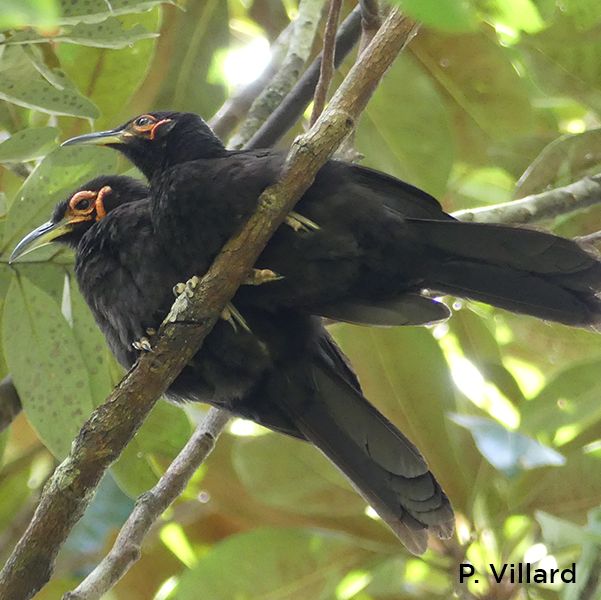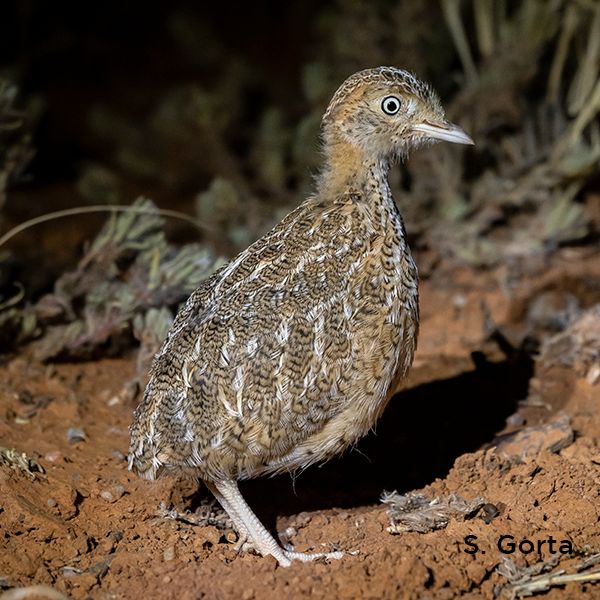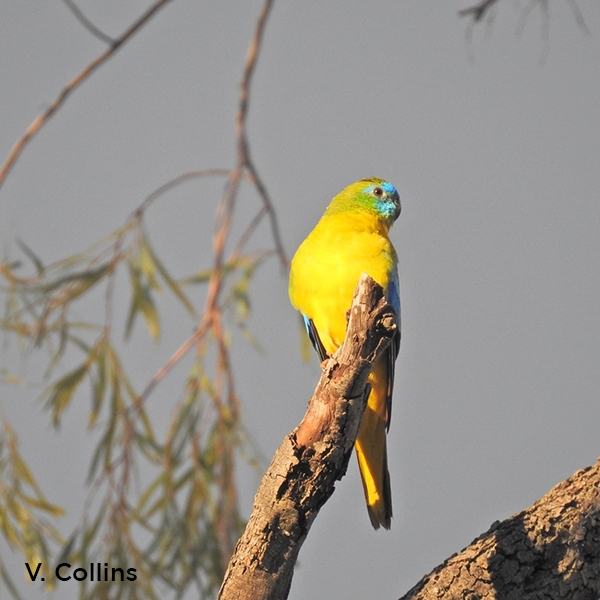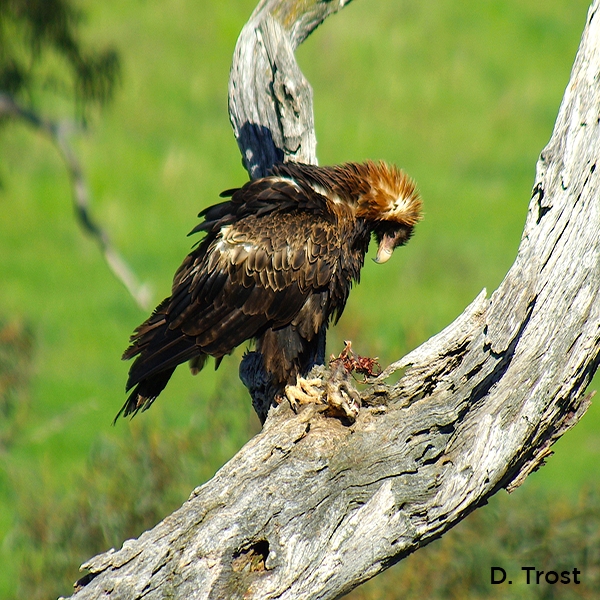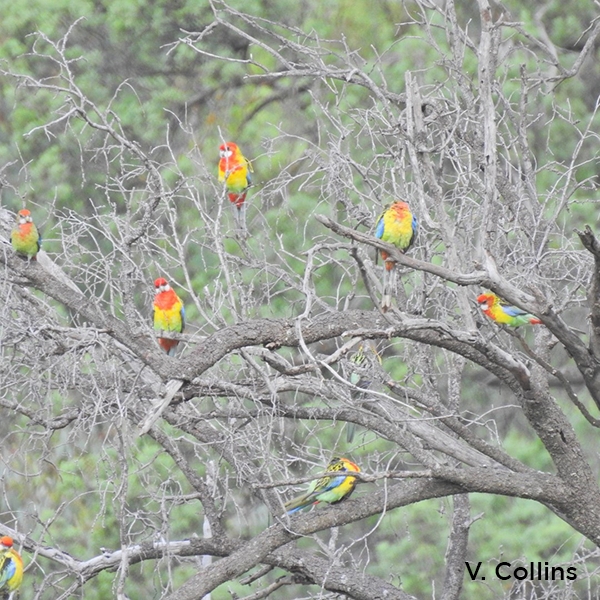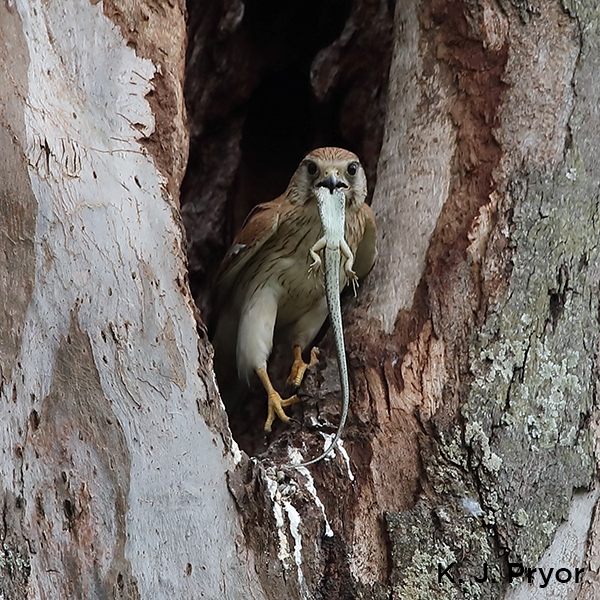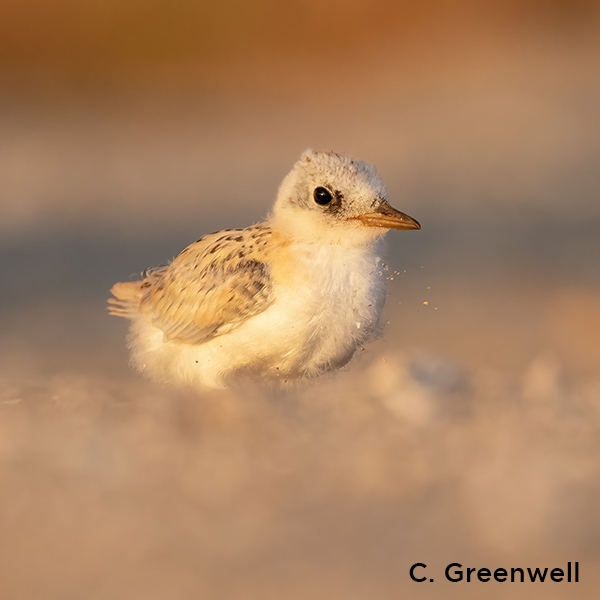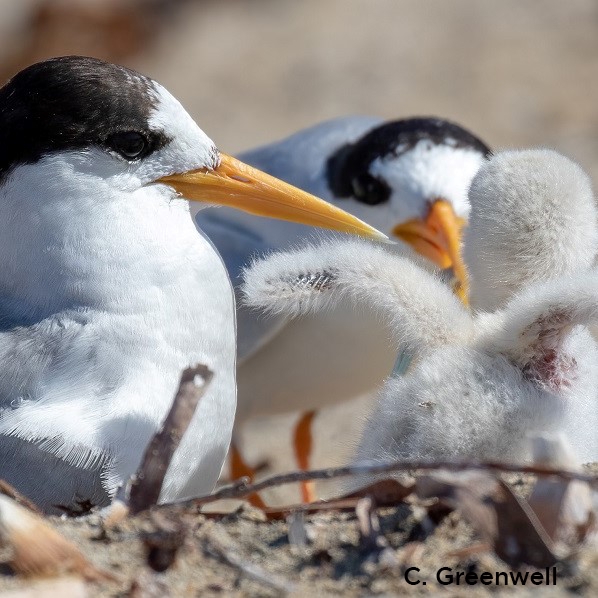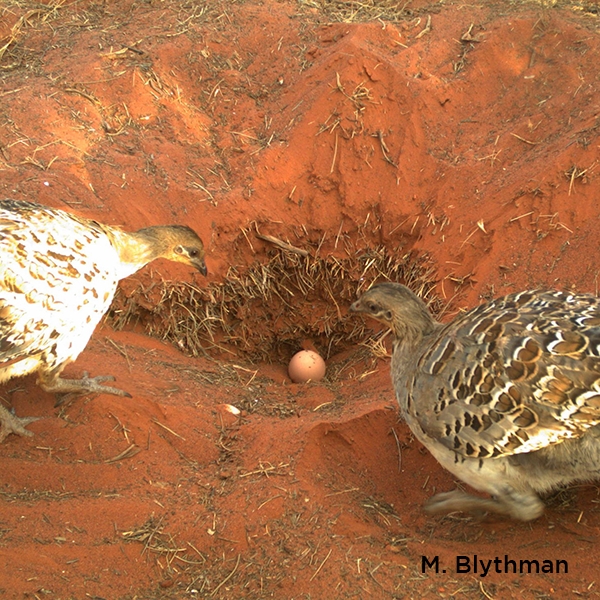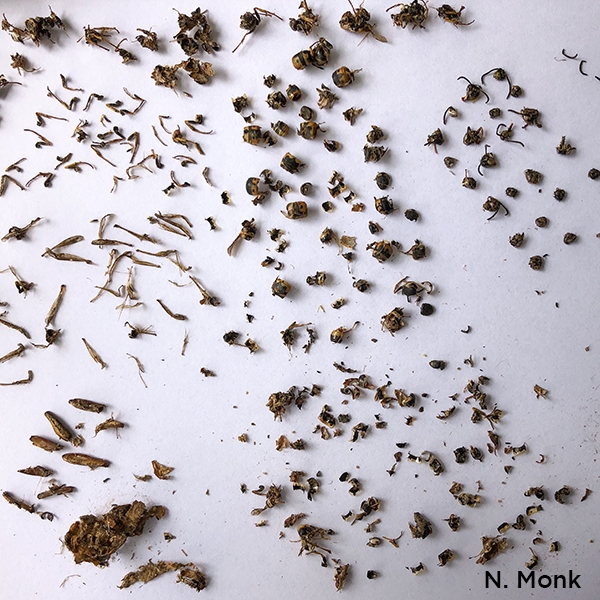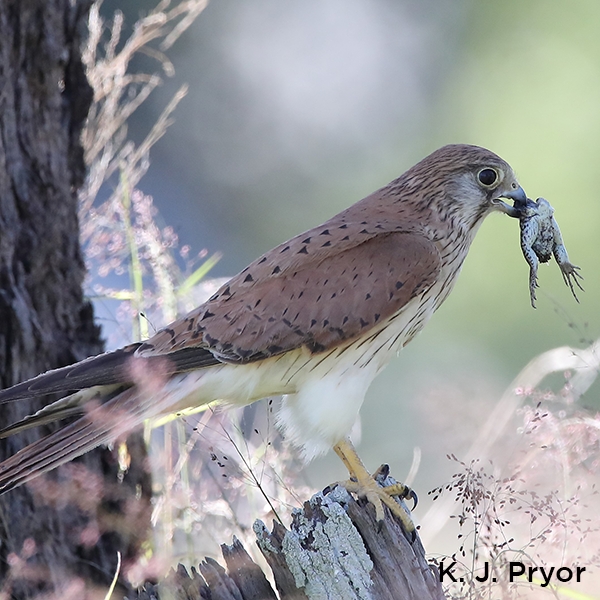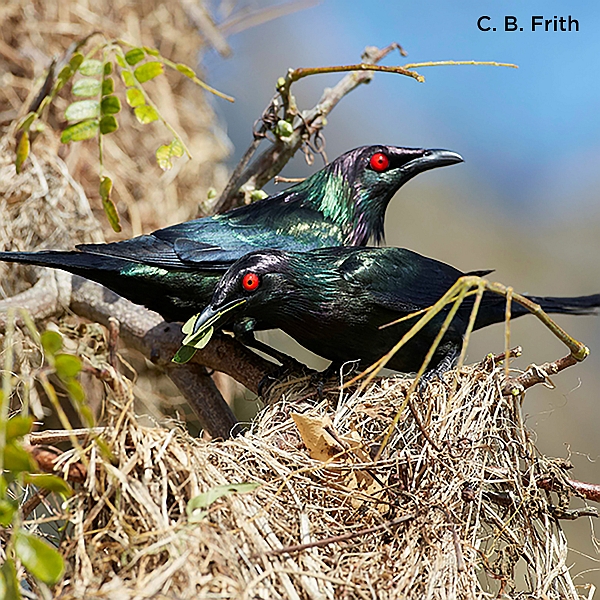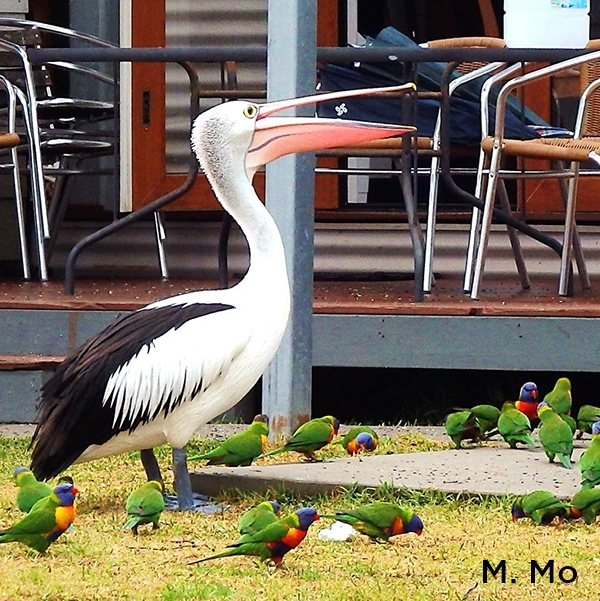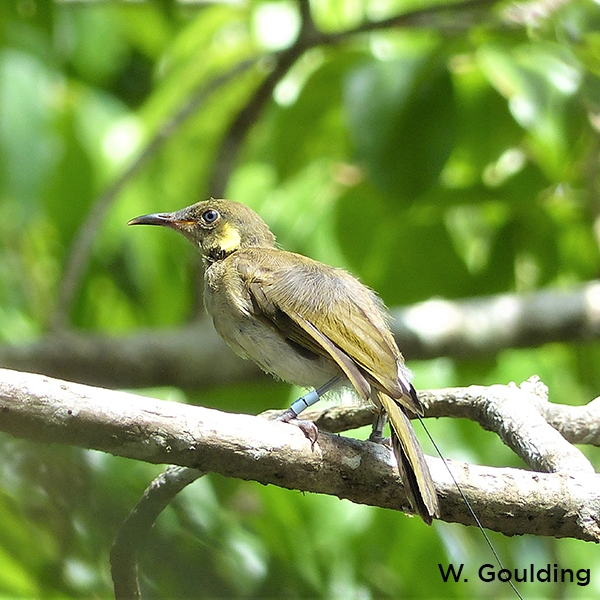Population monitoring of Bulloo Grey Grasswren Amytornis barbatus barbatus in the arid zone of far north-western New South Wales
Phil Bell, Jeff Hardy, Matthew H. Webb, Charley Gros, Joanna Haddock, Darren Shelly
Abstract
Basic information about where a species occurs, and its population size and trajectory are fundamental to assessing conservation status, to guide conservation decision making and to measure the effectiveness of specific management actions. The Grey Grasswren Amytornis barbatus is a rare species that occurs in the arid zone of inland Australia. The remoteness of its habitat, recognised low detectability, and a likely boom–bust ecology impose considerable constraints on the design and implementation of a reliable and cost-effective survey methodology. We used a rapid, repeated call-playback method to survey Bulloo Grey Grasswren A. b. barbatus in far north-western New South Wales between 2015 and 2023. Grey Grasswren detection and non-detection data were used to explore the subspecies’ response to habitat variables, survey conditions, rainfall
and the presence of surface water. Grey Grasswren detections showed a strong positive response to the height of Lignum Duma florulenta and to significant rain events in the weeks before the survey. Our observations support the proposition that Lignum is a refuge habitat during periods of extended drought and that rain and/or flood is a key driver of population growth
and dispersal.
and the presence of surface water. Grey Grasswren detections showed a strong positive response to the height of Lignum Duma florulenta and to significant rain events in the weeks before the survey. Our observations support the proposition that Lignum is a refuge habitat during periods of extended drought and that rain and/or flood is a key driver of population growth
and dispersal.

